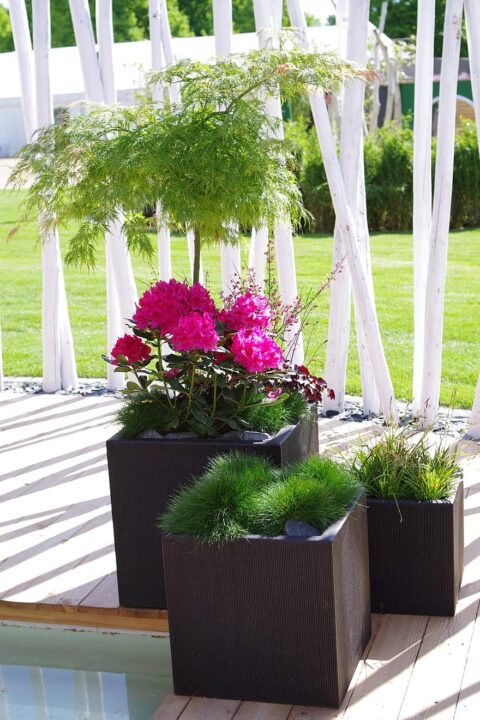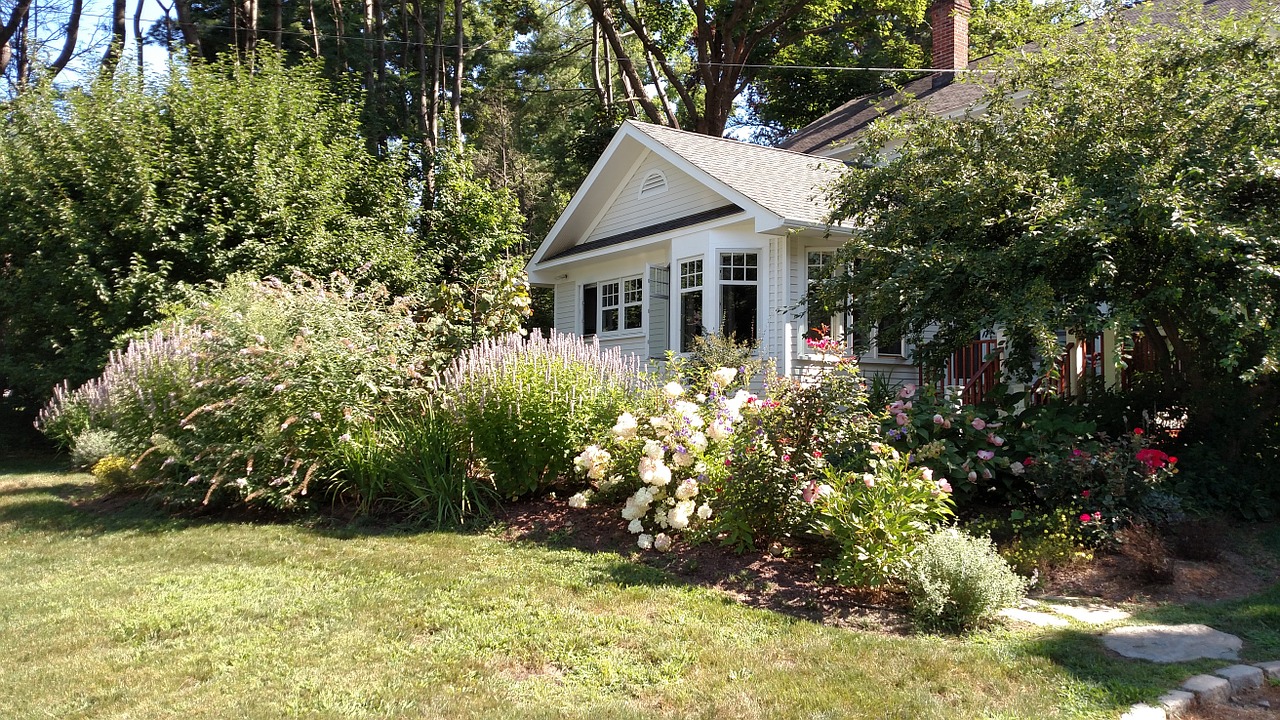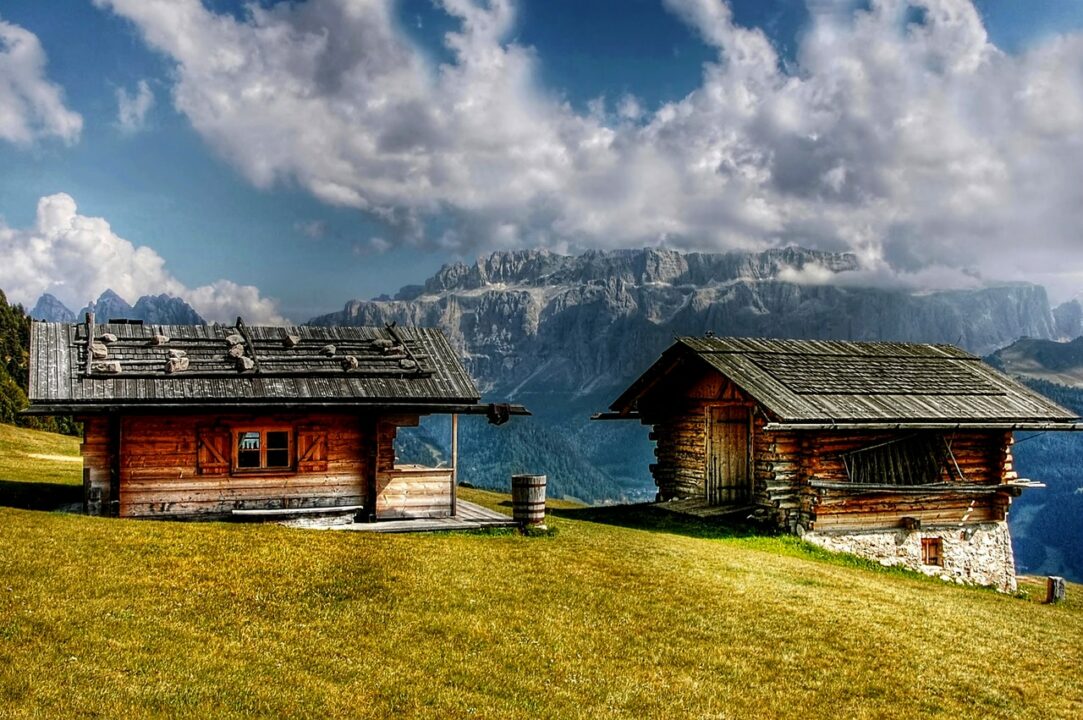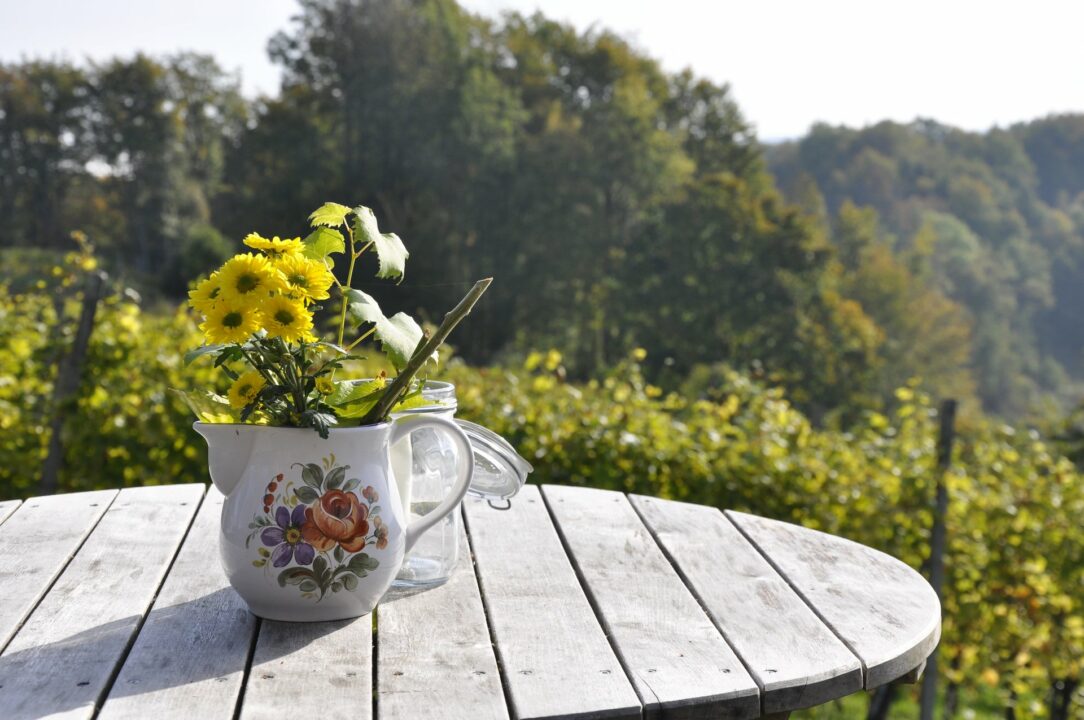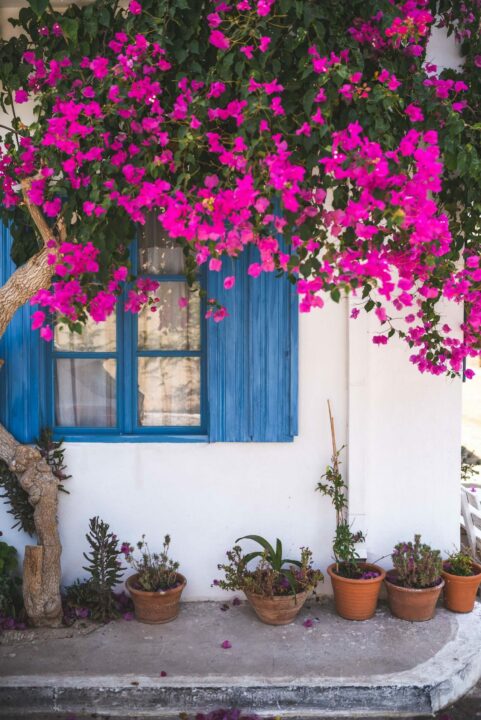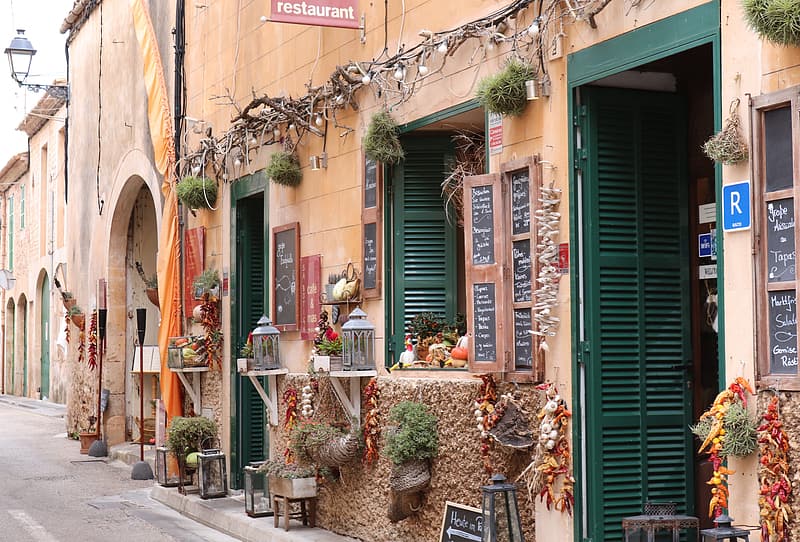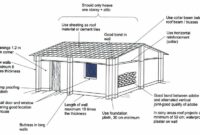Rustic Outdoor Planter – It is totally fun to have a great front yard, especially with some flowers and greenery.
You can plant or place the greenery in the planters. If you think a planter can only be created by a carpenter, it is a wrong thought.
You can really create your own even without having the skills of a carpenter. This article will give the steps of creating a simple rustic outdoor planter.
The great thing is you don’t have to get a log; just old pieces of wood will do. Don’t forget to prepare a hand saw, nails, a hammer, a measuring tape, or a ruler.
More Beautiful Inspiration About Outdoor Planter Ideas 👇👇👇
Front Yard Cornet Lot Landscaping Front Yard Ideas No Grass Minimalist Tiny Houses – Elegant and Modern
🏵🏵🏵🏵🏵🏵🏵🏵🏵🏵🏵🏵🏵🏵🏵🏵🏵🏵🏵🏵🏵🏵🏵🏵🏵🏵🏵🏵🏵🏵🏵🏵🏵
1. Imagine or Draw the Plans for Wooden Material Planters
Rustic Outdoor Planter – It is suggested to draw the plans to ensure the right shape and sizes of the planter.
However, it is okay if you only want to imagine the plans. Think of the exact location you will place it, and then measure the sizes of that space.
a. Materials Needed:
- Cedar or redwood boards (1×4 or 1×6) for the planter box
- Cedar or redwood posts (4×4 or 6×6) for the corner supports
- Wood screws or nails
- Waterproof exterior wood glue
- Drill
- Saw
- Sandpaper
- Exterior wood stain or paint (optional)
b. Dimensions:
- Planter box: Choose your desired dimensions, but a common size is around 2 feet (60 cm) in height, 3 feet (90 cm) in length, and 1.5 feet (45 cm) in width.
- Corner supports: Cut four corner supports from the cedar or redwood posts, each about 1 foot (30 cm) in height.
c. Instructions:
- Cut the boards to the desired lengths for the sides, front, and back of the planter box. Sand the edges and surfaces of the boards to ensure a smooth finish.
- Assemble the planter box by attaching the boards to each other using wood screws or nails. Apply a thin layer of waterproof exterior wood glue between the joints to add strength and prevent water leakage. Make sure the corners are square and the boards are aligned.
- Cut the boards for the bottom of the planter box. Attach them to the bottom of the box using screws or nails. This will create a solid base for your plants.
- Attach the corner supports to the inside corners of the planter box using screws or nails. Make sure they are flush with the top of the planter box and securely fastened.
- Sand the entire planter box, including the corners and edges, to smooth out any rough surfaces and splinters. You can also round off the edges slightly for a more rustic look.
- Optional: Apply a waterproof exterior wood stain or paint to protect the planter box from the elements and enhance its appearance. Follow the manufacturer’s instructions for application and drying time.
- Once the stain or paint has dried, your rustic outdoor planter is ready to be filled with soil and plants of your choice.
Remember to consider drainage holes in the bottom of the planter box to allow excess water to escape. Additionally, you can customize the design by adding decorative elements, such as metal accents or rope handles, to enhance the rustic look.
Please note that these are general guidelines, and you can adjust the dimensions and design to fit your specific preferences and needs.
Read More:
Rustic Decorative Ladder to Create the Nice Room Decorations
18 Best Simply Rustic Living Room Furniture | Classic Meets Vintage

2. Measure Each Size for Rustic Outdoor Planter
The thickness of your base depends on the piece of wood you have got. For the sides, make sure you adjust the measurements to the base’s length and width (Rustic Outdoor Planter).
When we talk about measuring each size in a rustic outdoor planter, it means determining the specific dimensions of each component or part of the planter.
This is important to ensure accurate and consistent cuts, as well as to achieve the desired overall size of the planter.
Here are the main components you would typically measure:
Planter Box:
- Length: Measure the distance from one end of the planter to the other.
- Width: Measure the width of the planter, typically from side to side.
- Height: Measure the vertical distance from the bottom to the top of the planter.
Corner Supports:
- Height: Measure the desired height of the corner supports. This measurement determines how much the planter box will be elevated off the ground.
Bottom Boards:
- Length: Measure the length required to span the width of the planter box.
- Width: Measure the width required to span the length of the planter box.
It’s important to note that the specific measurements will depend on your preferences and the size of the planter you want to build.
Take into consideration the plants you intend to grow and their root system requirements when determining the appropriate size.
When measuring, ensure you have an accurate tape measure or ruler and double-check your measurements before cutting any materials.
It’s also a good idea to make a sketch or diagram of the planter with the measurements written down to serve as a reference during the construction process.
Remember that these measurements can be adjusted to fit your specific needs and space available.
Read More:
Landscaping Front Yard For A Beautiful Garden Designs
Little Garden for Small House Ideas
Front Yard Corner Lot Landscaping – Home & Garden Ideas

3. Repurposed and Upcycled Planters – rustic outdoor planter
Repurposed and upcycled planters are a fantastic way to add a rustic touch to your outdoor space while also promoting sustainability and creativity.
These planters involve giving new life to old, discarded, or unconventional materials by transforming them into unique containers for your plants.
Here are some details about repurposed and upcycled planters:
front yard landscape ideas with rocks
1. Material Options:
a. Wooden Crates or Pallets: Old wooden crates or pallets can be repurposed as planters by adding a lining, such as landscape fabric or plastic, and filling them with soil. They provide a charming, rustic look and can be easily customized with paint or stains.
b. Vintage Wheelbarrows or Wagons: Transforming old wheelbarrows or wagons into planters adds a whimsical touch to your outdoor space. Simply fill them with soil and plant your favorite flowers or greenery inside. The mobility of these planters allows you to move them around as needed.
c. Rustic Metal Watering Cans: Vintage metal watering cans, with a few drainage holes added, make adorable small planters. They add a nostalgic vibe and can be hung on walls, fences, or hooks for a unique display.
d. Mason Jars or Tin Cans: Mason jars or tin cans can be upcycled into charming hanging planters. Drill holes in the bottom for drainage, attach strings or chains for hanging, and fill them with soil and small plants or succulents.
2. Creative Design Ideas:
a. Stacked or Tiered Planters: Stack wooden crates or pallets in various sizes to create a tiered planter display. This adds depth and visual interest to your outdoor space while maximizing planting space.
b. Vertical Planters: Attach metal watering cans or mason jars to a wooden or metal frame vertically, creating a unique vertical garden. This is an excellent option for small spaces or to add greenery to walls or fences.
c. Paint and Decorate: Personalize your repurposed planters by painting them in vibrant or muted colors that complement your outdoor theme. Additionally, consider adding stencils, hand-painted designs, or other decorative elements to make them truly one-of-a-kind.
d. Hanging Basket Chandelier: Create a hanging planter chandelier by attaching several vintage metal baskets or watering cans to a central hanging structure. Fill them with cascading plants or flowers for a stunning visual display.
a1. Sustainability and Eco-Friendliness: Repurposing and upcycling materials for planters help reduce waste and minimize environmental impact. By giving new life to old items, you contribute to sustainability efforts and showcase your creativity while beautifying your outdoor space.
b1. Versatility and Cost-Effectiveness: Repurposed and upcycled planters offer a wide range of options, and you can find materials for free or at a minimal cost. They allow you to experiment with different shapes, sizes, and textures, giving your outdoor area a unique and eclectic feel.
Remember to consider the drainage needs of your plants when repurposing containers. Add drainage holes as necessary and use appropriate lining or materials to protect the plant’s roots and prevent waterlogging.
Repurposed and upcycled planters offer endless possibilities for creating a rustic and environmentally friendly outdoor space. Get creative, explore different materials, and let your imagination flourish as you transform discarded items into beautiful homes for your plants.
Read More: Front Yard No Grass With Landscape Decor Around Trees
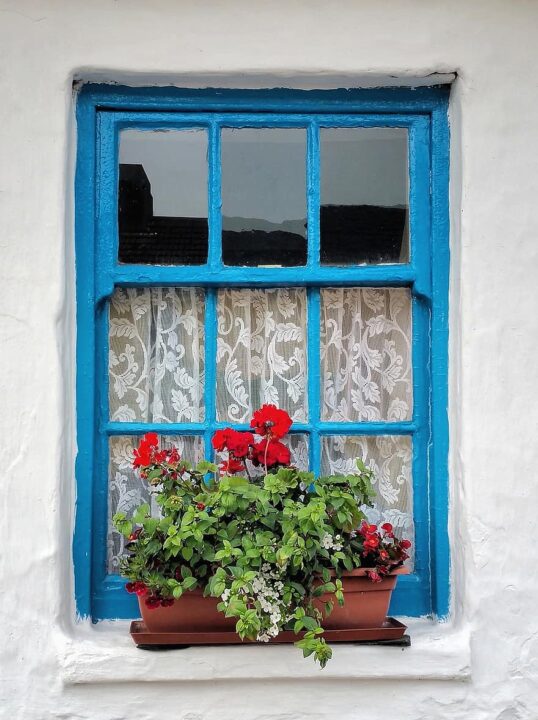
4. Natural and organic planters
Unique and earthy aesthetic to your outdoor space. They incorporate natural elements such as stones, rocks, logs, and other organic materials to create containers for your plants. Here are some details about natural and organic planters:
- Stone or Rock Planters:
- Stones or rocks can be used to create sturdy and visually appealing planters. They can be stacked or arranged in various ways to form walls or containers for plants.
- You can use a larger stone or rock as the base and build around it with smaller stones to create a planter.
- These planters work well with succulents, alpine plants, or other plants that thrive in well-drained soil.
- Log Slices or Tree Stump Planters:
- Log slices or tree stumps can be hollowed out or have depressions created to accommodate plants. They add a natural and rustic touch to your outdoor space.
- These planters work best for smaller plants or succulents. They can be placed on the ground or elevated on a base for added height.
- Moss-Covered Baskets or Pots:
- Baskets or pots covered in moss provide a woodland or fairy garden-like feel to your planters.
- You can either purchase pre-mossed containers or create your own by attaching moss to the exterior of baskets or pots.
- These planters are perfect for shade-loving plants such as ferns, mosses, or certain varieties of orchids.
- Hollowed-Out Tree Trunks:
- Large tree trunks can be hollowed out to create unique and substantial planters.
- The size of the tree trunk allows for planting a variety of plants, including small trees, shrubs, or flowering plants.
- These planters make a bold statement and work well as focal points in larger outdoor spaces.
- Incorporating Natural Materials:
- In addition to the containers themselves, you can use natural materials to add interest and texture to your planters.
- Consider using twigs, branches, or driftwood as decorative elements around the base or edges of the planters.
- You can also incorporate elements like pebbles, seashells, or pinecones to enhance the natural aesthetic.
- Plant Selection:
- When choosing plants for natural and organic planters, opt for species that complement the rustic theme.
- Native plants, wildflowers, ornamental grasses, and ferns are excellent choices that blend well with natural planters.
- Consider plants that have a natural, untamed appearance and can thrive in the specific conditions provided by the planter.
Natural and organic planters create a harmonious connection between your plants and the environment. They bring a touch of nature into your outdoor space and provide a visually pleasing and sustainable option for showcasing your plants. Experiment with different natural materials and plant combinations to create a truly organic and captivating display.
Read More:
52 Best Backyard Putting Green & Custom Backyard Ideas
Vintage Concrete Planters for Aesthetic View at Home

5. Incorporating Plant Varieties
Incorporating a variety of plant species in your outdoor planters adds visual interest, texture, and depth to your space. Here are some details about incorporating plant varieties in your planters:
- Wildflowers and Native Plants:
- Wildflowers and native plants are excellent choices for adding color and attracting pollinators to your outdoor space.
- They are well-adapted to the local climate and require less maintenance.
- Choose a mix of wildflowers with different bloom times to ensure continuous color throughout the season.
- Herbs and Vegetables:
- Planting herbs and vegetables in your outdoor planters not only adds greenery but also provides a fresh and edible harvest.
- Herbs like basil, thyme, and mint thrive in containers and can be easily accessed for culinary use.
- Vegetables such as tomatoes, peppers, and lettuce can also be grown in planters, allowing you to enjoy homegrown produce.
- Cascading Vines and Trailing Plants:
- Cascading vines and trailing plants create a beautiful, cascading effect from your planters, adding a sense of movement and elegance.
- Consider plants like ivy, sweet potato vine, or trailing petunias that spill over the edges of the planters.
- These plants work well in hanging baskets or tall planters where their trailing growth can be showcased.
- Ornamental Grasses and Ferns:
- Ornamental grasses and ferns add a touch of elegance and texture to your planters.
- Grasses like fountain grass or maiden grass provide height and graceful movement, while ferns bring a lush and tropical feel.
- These plants are often low-maintenance and can thrive in both sun and shade depending on the specific varieties.
- Colorful Annuals and Perennials:
- Incorporating a mix of colorful annual and perennial plants adds vibrancy and seasonal interest to your outdoor planters.
- Choose plants with varying bloom times to ensure a continuous display of flowers throughout the season.
- Consider flowers like petunias, marigolds, geraniums, or daylilies for pops of color and visual impact.
- Textured Foliage Plants:
- Including plants with unique foliage textures adds visual appeal and creates contrast within your planters.
- Select plants with interesting leaf shapes, sizes, and colors to create a visually diverse arrangement.
- Plants like hostas, coleus, or rex begonias offer a range of foliage textures and patterns.
- Height and Structure:
- Incorporate plants with varying heights to create a dynamic and visually appealing arrangement.
- Consider using tall, upright plants as focal points in the center or back of the planters.
- Mix in medium-height plants around them and cascading or trailing plants along the edges for a balanced composition.
When selecting plant varieties, consider the specific growing conditions of your outdoor space, including sunlight exposure, soil type, and climate. Ensure that the plants you choose have similar requirements to thrive together in the same planter. Regular maintenance such as watering, fertilizing, and pruning will help your plant varieties flourish and maintain a healthy and beautiful appearance.
By incorporating a diverse range of plant species, you can create a visually captivating and dynamic display in your outdoor planters, transforming them into miniature gardens that reflect your personal style and preferences.
Read More:
Best 95 Minimalist Tiny Houses “Elegant & Modern”
Wooden Rectangular Planters – Beautiful Vegetables & Flowers Pot Planter

More Rustic Outdoor Planter for All Country Including USA, Europe, Australia, Asia, Middle East – Best Home Furniture.
Alabama, Alaska, Arizona, Arkansas, California Colorado Connecticut Delaware District of Columbia Florida Georgia Hawaii Idaho Illinois Indiana Iowa Kansas Kentucky Louisiana Maine Maryland Massachusetts Michigan Minnesota Mississippi Missouri Montana Nebraska Nevada New Hampshire New Jersey New Mexico New York North Carolina North Dakota Ohio Oklahoma Oregon Pennsylvania Rhode Island South Carolina South Dakota Tennessee Texas Utah Vermont Virginia Washington West Virginia Wisconsin Wyoming
British, Italia, Rusia, South Africa, Dubai, Saudi Arabia, Australia, Sydney, New Zealand, Indonesia, Philippines, Malaysia, Singapore, Tokyo, Japan, Taiwan, South Korea.
Arab Saudi – Riyadh Armenia – Yerevan Azerbaijan – Baku Bahrain – Manama Georgia – Tbilisi Iran – Tehran Irak – Baghdad Kuwait – Kuwait City Lebanon – Beirut Oman – Muscat Palestina – Ramallah Qatar – Doha Siprus – Nicosia Suriah – Damaskus Turki – Ankara Uni Emirat Arab – Abu Dhabi Yaman – Sanaa Yordania – Amman – China – Beijing Hong Kong – Hong Kong Jepang – Tokyo Taiwan – Taipei Makau – Makau Mongolia – Ulan Bator Korea Selatan – Seoul Korea Utara – Pyongyang – Afghanistan – Kabul Bangladesh – Dhaka Bhutan – Thimphu India – New Delhi Maladewa – Male Nepal – Kathmandu Pakistan – Islamabad Sri Lanka – Kolombo – Brunei Darussalam – Bandar Seri Begawan Kamboja – Phnom Penh Indonesia – Jakarta Laos – Vientiane Malaysia – Kuala Lumpur Myanmar – Naypyidaw Filipina – Manila Singapura – Singapura Thailand – Bangkok Timor Leste – Dili Vietnam – Hanoi – Algeria – Algiers Libya – Tripoli Mesir – Kairo Maroko – Rabat Sudan – Khartoum Sudan Selatan – Juba Tunisia – Tunis – Guatemala – Guatemala City El Salvador – San Salvador Honduras – Belize Nikaragua – Managua Kosta Rika – San Jose Panama – Panama City – Argentina – Buenos Aires Brasil – Brasilia Bolivia – Lapaz Chili – Santiago Colombia – Bogota Ecuador – Quito Guyana Perancis- Cayenne Guyana – Georgetown Paraguay – Asuncion Peru – Lima Suriname – Paramaribo Uruguay – Montevideo Venezuela – Caracas – Denmark – Kopenhagen Islandia – Reykjavik Norwegia – Oslo Finlandia – Helsinki Swedia – Stockholm – Yunani – Athena Italia – Roma Spanyol – Madrid Portugal – Lisabon Malta – Valletta Vatikan – Vatikan San Marino – San Marino Andorra – Andorra la Vella – Austria – Wina Belgia – Brussels Belanda – Amsterdam Inggris – London Irlandia – Dublin Monako – Monako Perancis – Paris Luxemburg – Luxemburg Liechtenstein – Vaduz Jerman – Berlin Swiss – Bern
Free Picture, Free Photos, Free Download, Image Ideas & Free To Share – Public Domain – Royalty Free


